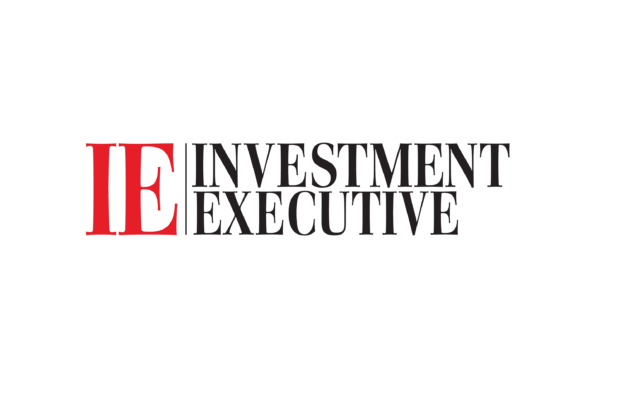Bank of Canada raises interest rates to the highest level since 2001
The Bank of Canada hiked rates by another quarter point, making it the second rate hike in a row since pausing in March, taking interest rates up to 5%, the highest since 2001.
Christine Tessier, Harbourfront’s Chief Investment Officer, shared her perspective on this widely-anticipated rate hike—and the Bank of Canada didn’t falter. In a statement issued on July 12, 2023, the Bank of Canada announced it raised interest rates by 25 basis points due to inflationary pressure in services and a labour market that continues to be strong. The Bank of Canada is “evaluating whether the evolution of excess demand, inflation expectations, wage growth and corporate pricing behaviour are consistent with achieving the 2% inflation target,” stating that the Bank “remains resolute in its commitment to restoring price stability for Canadians.”
Ian Goodman, a Portfolio Manager & Supervisor in Harbourfront Wealth Management’s managed accounts program, shares his perspective in today’s guest blog from the Office of the CIO:
Why continue to raise rates?
Interest rate policy has been the primary tool in the toolkit used by Central Banks since the 1980s to influence the economy. With the job market remaining strong, the Bank of Canada would like to slow down the economy, so that wage inflation and consumer spending fall back towards the 2% inflation target.
What does it mean for markets?
Increasing interest rates to the highest level since 2001 should result in tighter lending conditions as Canadian Tier 1 banks reduce their lending. When banks tighten their lending, we can expect private credit companies to have increasing demand.
“New construction and real estate listings are lagging demand, which is adding pressure to prices,” according to the Bank of Canada, meaning single-family home prices will likely remain unaffordable for many Canadians. With the cost of borrowing going up, the total cost to buying a home will increase as mortgage rates rise, and the demand for Canadian apartment rentals should stay high. This, combined with strong population growth from immigration, is adding to demand for housing.
As Christine Tessier mentions in a recent update on rate hikes, “Areas set to benefit from the current environment include high-quality fixed income, private debt, and multi-family/apartment residential themes.”
Lastly, with interest rates rising another 25 basis points, the return on cash/floating rate notes are attractive, especially when looking at how valuations of certain areas of equity markets have moved up this year. If you have questions about what this means for your portfolio, connect with your advisor.
Ian Goodman, CFA
Portfolio Manager & Supervisor, Managed Accounts Program, Harbourfront Wealth Management
Disclaimer
I, Ian Goodman, have prepared this commentary to give you my thoughts on various investment alternatives and considerations which may be relevant to your portfolio. This commentary reflects my opinions alone and may not reflect the views of Harbourfront Wealth Management. In expressing these opinions, I bring my best judgment and professional experience from the perspective of someone who surveys a broad range of investments. Therefore, this report should be viewed as a reflection of my informed opinions rather than analyses produced by Harbourfront Wealth Management Inc.



Navigating Current Market Turmoil
21 March 2025